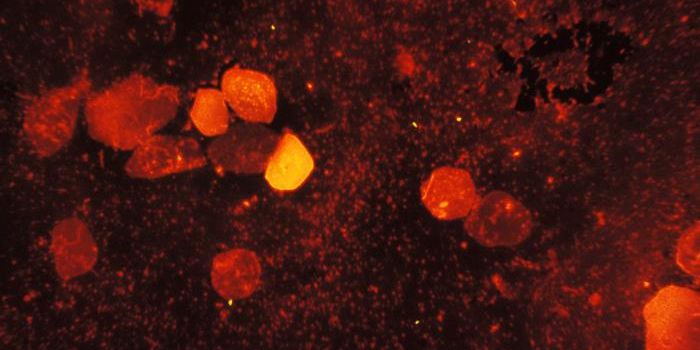Is This Common Dry Cleaning Chemical Causing Parkinson's Disease?
A new report in the Journal of Parkinson's Disease has suggested that a common chemical used in dry cleaning, decaffeination of coffee, metal degreasing, healthcare, and some other applications, could be causing the neurodegenerative disease Parkinson's. This chemical, a solvent called trichloroethylene (TCE) has been used for over 100 years and can be found contaminating 15 EPA Superfund sites, throughout groundwater in the United States, and at the Marine base Camp Lejeune. TCE is thought to be dangerous human health, and has been associated with congenital heart disease, miscarriages, and a 500 percent increase in the risk of Parkinson's.
While there are some known causes of Parkinson's, these genetic or health factors do not explain the dramatic rise in the rate of the disease, which continues to increase. The study authors noted that other factors that are tougher to discern are likely involved. A chemical that can be found ubiquitously in the environment, where workplace exposure is not required, could be a culprit.
In this report, seven people who were exposed to TCE and went on to develop Parkinson's were profiled. While the authors acknowledged that this is not definitive proof of a cause and effect relationship, it highlights the risk. Right now, there is also no way to measure a person's previous TCE exposure.
In the United States, TCE use peaked in the 70s, when over 600 million pounds of it were produced every year. The use of the chemical has declined in the US, but it is still used in dry cleaning. It also contaminates many places, and it can stay in groundwater and soil. Millions of people are thought to be exposed to the chemical this way. There are 'underground rivers' or plumes of the chemical in many locations including New York and Shanghai. It can also lead to 'vapor intrusion' in which TCE evaporates and is inhaled by unsuspecting people who are simply living at home or working at a job site. The use of TCE is rising around the world.
A TCE-Parkinson's link was suspected as long as 50 years ago. Rodent studies have indicated that TCE can easily enter the body and move into the brain. At high doses, it's thought to disrupt the function of mitochondria, the cellular powerhouses, and reduce the level of neurons that generate dopamine, which is a hallmark of Parkinson's.
This stories in this report show how TCE exposure can lead to an early Parkinson's diagnosis, like for NBA player Brian Grant. He was diagnosed with Parkinson's when he was 36, and had lived at Camp Lejeune at three years old, when his father was a marine.
Another person profiled was Navy captain Amy Lindberg, who was also exposed at Camp Lejeune and got Parkinson's within three decades. Others lived close to areas where high levels of TCE were present or worked with the chemical.
The study authors noted the importance of decontamination, and developing tests that can be used to measure indoor levels of TCE in the air, which would be similar to tests for radon. The use of TCE should be stopped completely, the authors emphasized. We also need to do more research to understand how this chemical is affecting human health.
This study also added that clinicians may want to pay more attention to their patients, who can help healthcare providers and scientists learn more about the causes of a disease. The authors noted that doctors will often move directly to treatment options after a diagnosis is made, without stopping to consider the various causes of disease; this could impede our ability to learn why the disease is happening in the first place.
Most people who are diagnosed with Parkinson's don't have any obvious genetic cause, nor any family history of disease. Parkinson's disease diagnoses often come late, after the disease has progressed. It may therefore be important to learn more about patients' histories in order to identify causes.
Sources: University of Rochester Medical Center, Journal of Parkinson's Disease









